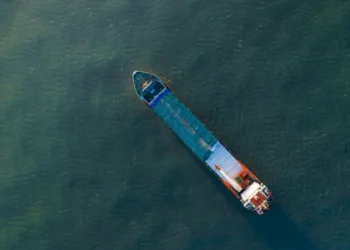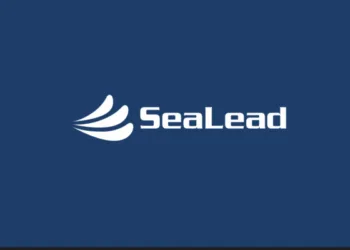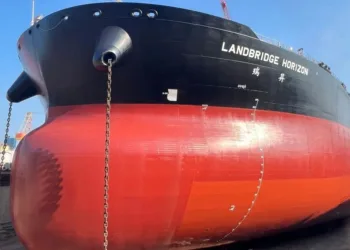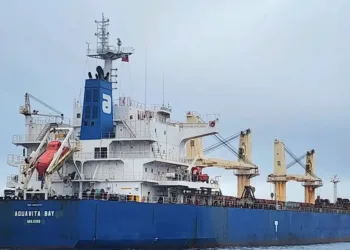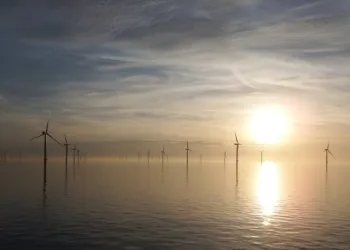China has officially started collecting special port fees from US-owned, operated, built, or flagged vessels on Tuesday but said Chinese-built ships would be exempted from the levies. Empty ships entering Chinese shipyards for repair have also been exempted from payment, in last-minute tweaks to the new ruling.
Beijing first announced the move on Friday in response to the US levying similar fees against Chinese-linked tonnage, something that also goes into effect today.
China’s Maritime Safety Administration (MSA) will levy the fees at a vessel’s first Chinese port of call, cross-checking ownership, flag, and operational details using the new US-Linked Vessel Information Report Form filed through China’s National Single Window platform.
Beijing’s decision to exempt Chinese-built tonnage from the new fees significantly reduces the number of ships subject to the new port call fees, suggesting the market impact may be smaller than initially anticipated, particularly within the dry bulk sector, according to a note to clients from broker Arrow.
Where China’s new fees become thorny is in its opaque US ownership stipulation, something that has already seen American directors at some shipping boards relinquish their roles. Ships whose owning entity has US persons holding 25% or more of equity, voting rights or board seats are being targeted by China.
“The extension of financial ownership and board seats will possibly catch many listed companies given the likelihood that a large chunk of shares will be in nominee accounts with large US investment banks and mutual funds,” Dr Roar Adland, head of research at broker SSY, suggested in a recent LinkedIn post, adding: “Add in any company partly financed by US private equity, leasing companies, or even private companies where the principals have secondary US citizenship, and it is clear that the share of the world fleet potentially ensnared by these ‘special fees’ is substantial.”
Breaking down the sectors, in containers, New York-listed Israeli carrier looks set to be hit hardest by today’s new Chinese port fees, according to data from consultancy Linerlytica (see chart below). ZIM will also suffer the double whammy of paying out for some hiked US port fees.
Turning to tankers and dry bulk, Swedish bank SEB said it initially expects the larger segments to be impacted by the Chinese port fees. Around 65% of total bulk imports to China are done on capesize vessels or larger, while around 83% of total crude oil imports to China are done by VLCCs. Around 43% and 29% of capes and VLCCs are Chinese-built, respectively.
“The modifications from China, effectively exempting Chinese-built vessels are expected to limit the initial impact as owners to a larger degree will be able to reshuffle their fleets based on the origination of their vessels,” SEB stated in a research note.
“The modifications from China, effectively exempting Chinese-built vessels are expected to limit the initial impact as owners to a larger degree will be able to reshuffle their fleets based on the origination of their vessels,” SEB stated in a research note.
SEB expects the market will adapt to increased inefficiency, reflected in the recent surge in both capesize and VLCC rates.
As well as the American and Chinese port fees, Donald Trump, the US president, has hinted at 100% tariffs on Chinese goods from next month, while his administration has made very strong threats to member states contemplating voting in favour of the International Maritime Organisation’s Net-Zero Framework this week.
Researchers at Greek broker Xclusiv Shipbrokers said Washington and Beijing’s tit-for-tat port fees symmetry locks both economies into a “spiral of maritime taxation that risks distorting global freight flows”.
“The weaponisation of both trade and environmental policy signals that shipping has moved from being a neutral conduit of global commerce to a direct instrument of statecraft. For owners and charterers alike, navigating this new regulatory battlefield may soon prove as complex—and as costly—as crossing any ocean,” Xclusiv suggested in its latest weekly report.





